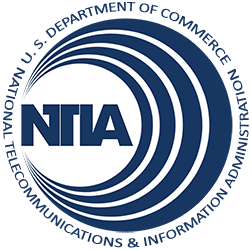Building on the Community Broadband Momentum
Today NTIA is hosting the first of several workshops focused on community broadband as we explore ways to build on the momentum of our successful broadband grant programs and look at what comes next.
The 2009 Recovery Act included more than $7 billion to expand access to high-speed Internet services to close the digital divide and spark economic growth. Through our Broadband Technology Opportunities Program, NTIA invested about $4 billion of that in 230 projects across the country that have built critical network infrastructure, opened or upgraded public computer centers and established broadband adoption programs. And through our State Broadband Initiative Program, we invested another almost $300 million to help states collect broadband data for the National Broadband Map and expand their statewide broadband capacity.
Today, these investments are enabling one-to-one computing programs and replacing old-fashioned textbooks with engaging online instructional materials in North Carolina classrooms. They are allowing Arkansas physicians to remotely examine patients located hundreds of miles away in far-flung rural corners of the state. They are supporting digital literacy training in low-income Latino communities across California. And they are bringing 4G LTE wireless broadband service to parts of the Navajo Nation that previously lacked even basic landline phone service.
As of the end of 2013, our grantees had built or upgraded more than 112,000 miles of fiber - enough to circle the earth four and a half times or get you halfway to the moon. They had connected more than 21,000 community anchor institutions, including about 8,000 K-12 schools, 1,300 libraries and 2,400 medical facilities. And they had established or upgraded 3,000 public computer centers and helped more than 600,000 households sign up for broadband. At the same time, our State Broadband Initiative Program has supported more than 200 local broadband planning teams across the country.
